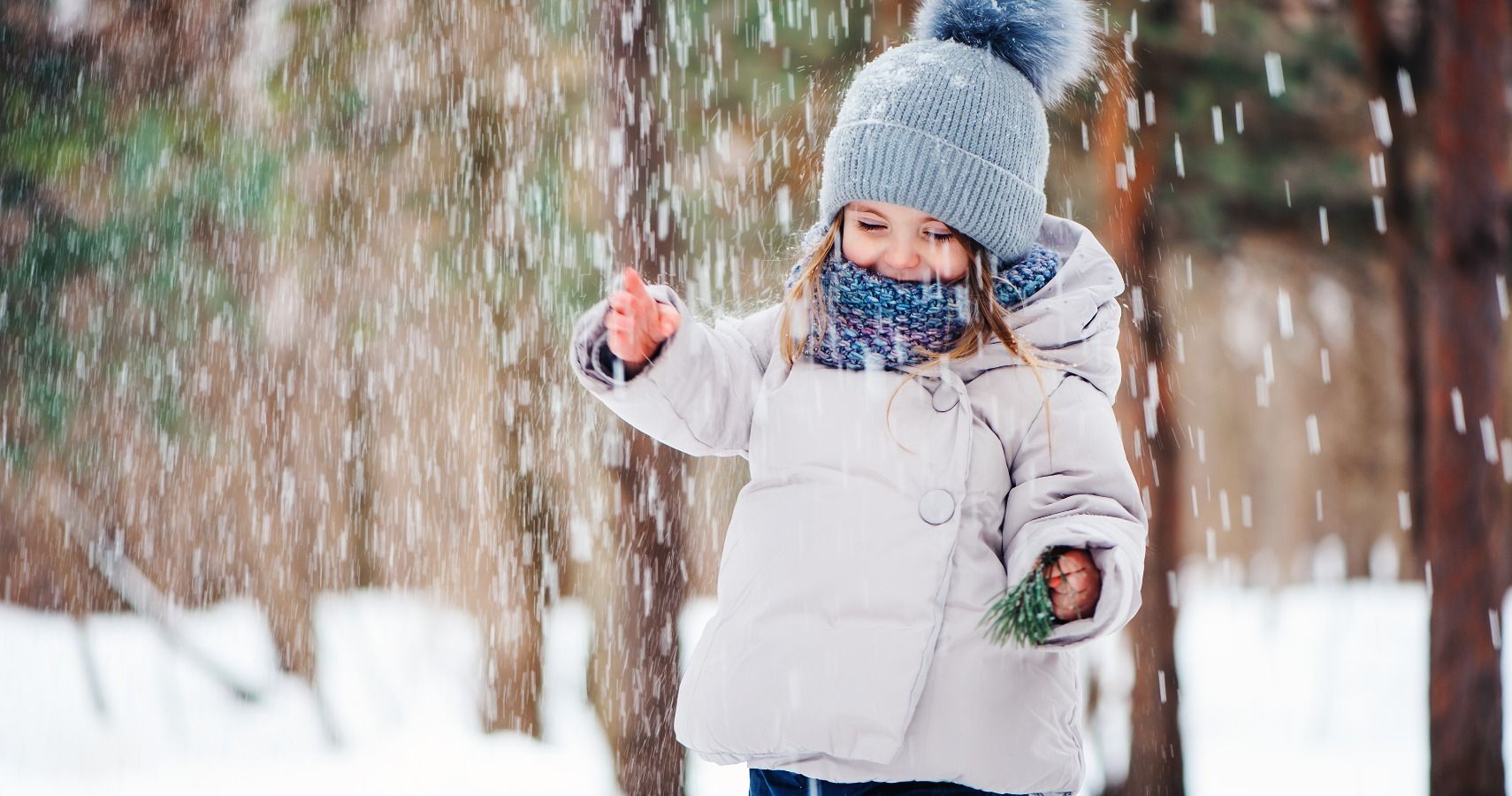Last week, people in several parts of the country were, in all likelihood, colder than they have ever been in their entire lives. When something called the POLAR VORTEX settles in, you know it's not going to be great! Some places in states like Illinois and Minnesota experienced temperatures that were lower than even Antarctica - we're talking -60 degrees. Our brains just won't even allow us to process that kind of cold. When the temperature drops that low, it's actually quite dangerous to even go outside!
The cold air can make is difficult or painful to breathe, and the risk of frostbite is high. When we bundle up in these temps, we try to cover every inch of exposed skin. But when it comes to babies, that can be a tricky thing to do. We can't cover their faces completely, and we all know that kids love to kick off shoes or socks and pull off gloves and mittens. It's important to keep them bundled up, even if it's just for a quick walk to the car. But how quickly can babies get frostbite?
Frostbite happens in below freezing temps, when ice crystals actually form in the veins and prevent blood from flowing. It's a dangerous condition for anyone, but for babies, it can be even more so. And babies are actually more susceptible to frostbite. There isn't an exact time frame of how quickly frostbite can occur in babies, since a lot of factors are involved. But Dr. Daniel Ganjian, a pediatrician at Providence Saint John’s Health Center in Santa Monica, California, explains why babies are so much more susceptible.
According to Dr. Ganjian, babies aren't able to shiver to warm themselves up, and they have lower levels of glycogen, which is a type of sugar that helps support the body's ability to warm up. Plus, they can't tell you how cold they are!
Anything below 32 degrees Fahrenheit can cause frostbite, and it can happen very fast. But there are definitely warning signs to watch for before frostbite occurs. Look for bright red cheeks, pale ears, nose, or chin, and bluish hands and toes. The blueish tinge is called cold acrocyanosis, and if you see that, you need to get your baby inside and warmed up ASAP. While your first instinct may be to immediately warm them with hot water, but very hot water can cause more damage.
Use warm but not hot temps, like body warming or warm water. If you use water, make sure you can keep the baby warm until it dries to prevent refreezing.
READ NEXT: This Everyday Accessory Helps Keep Kids Safe In Car Seats During The Winter

